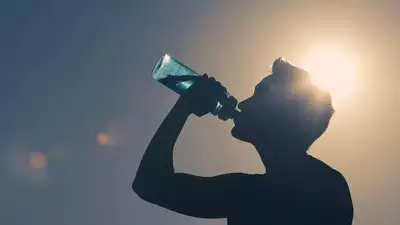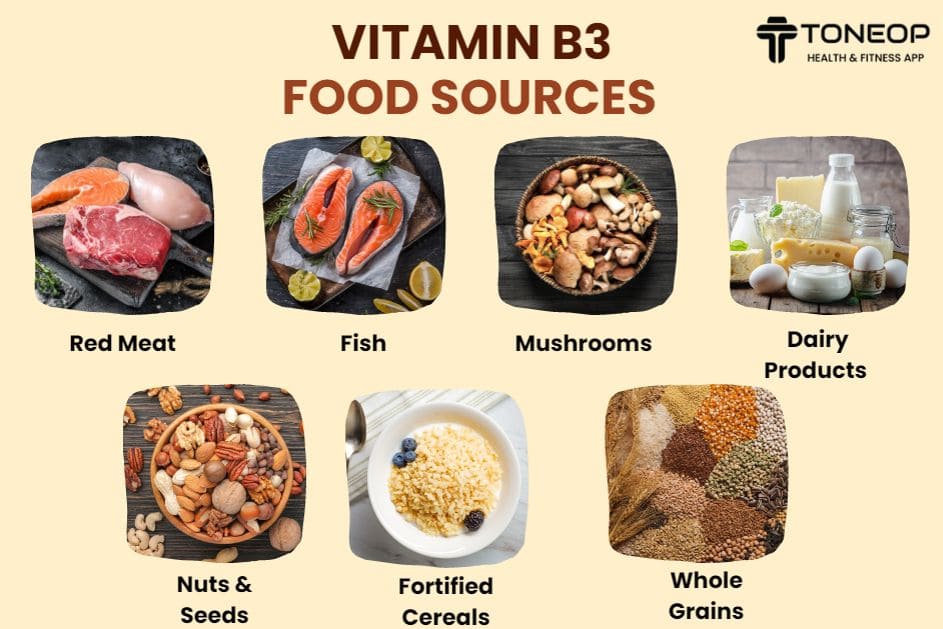NEW DELHI: Delhi is baking under an unprecedented heatwave, with temperatures soaring to a record-breaking 52.3°C. The internet is buzzing with tweets and updates about this extreme weather event. Today’s temperature is the highest ever recorded in Delhi’s summer history.
At 52.3°C, the Mungeshpur area of North Western Delhi registered the peak temperature at an automatic weather station, as reported by Kuldeep Srivastava, Head of the Regional Weather Forecasting Centre. The India Meteorological Department (IMD) has issued a red alert for Delhi and several northern states, warning of intense heatwaves over the past few days.
This extreme temperature is at least 7.3°C higher than Delhi’s typical summer average. According to Delhi Tourism, “Delhi has an extreme climate. It is very hot in summer (April – July) and cold in winter (December – January). The average temperature can vary from 25°C to 45°C during the summer and 22°C to 5°C during the winter.”
Rising Temperatures in Delhi: Causes and Effects
Kuldeep Srivastava explains that the city’s outskirts are the first areas to be hit by hot winds from Rajasthan. “Parts of Delhi are particularly susceptible to the early arrival of these hot winds, worsening the already severe weather. Areas like Mungeshpur, Narela, and Najafgarh experience the full force of these hot winds first.”
Mahesh Palawat, Vice President of Meteorology and Climate Change at Skymet Weather, adds, “In open areas with vacant land, there is increased radiation. Direct sunlight and lack of shade make these regions exceptionally hot.”
The IMD has noted that while the maximum temperature over Delhi NCR varied from 45.2°C to 49.1°C, Mungeshpur’s 52.3°C might be an outlier, potentially due to sensor error or local factors. They are examining the data and sensors for accuracy.
Union Minister Kiren Rijiju tweeted, “It is not official yet. Temperature of 52.3°C in Delhi is very unlikely. Our senior officials in IMD have been asked to verify the news report. The official position will be stated soon.”
Health Impacts of Extreme Heat
Temperatures exceeding 50°C (122°F) are not just a climatic anomaly but pose a severe threat to human health, infrastructure, and societal functioning. Extreme heat can overwhelm the body’s ability to regulate temperature, leading to heat exhaustion and potentially fatal heatstroke. Symptoms include heavy sweating, headache, weakness, dizziness, nausea, confusion, and unconsciousness. Without prompt medical intervention, heatstroke can cause permanent organ damage and death.
Tips to Stay Safe During Extreme Heat
- Stay Hydrated: Drink plenty of water and avoid alcohol and caffeine.
- Stay Indoors: Remain in air-conditioned spaces as much as possible.
- Wear Light Clothing: Opt for loose-fitting, lightweight, and light-colored clothes.
- Limit Outdoor Activities: Avoid strenuous activities during peak heat hours.
- Use Sunscreen: Protect your skin from harmful UV rays with a high-SPF sunscreen.
- Keep Cool: Use cool compresses, take cool showers, and use fans to stay cool.
- Monitor Health: Watch for signs of heat-related illnesses, especially in vulnerable individuals like the elderly and children.
- Stay Informed: Keep up with local weather updates and heed any warnings or advisories from health and weather authorities.
Ancient Practices to Combat Extreme Heat
- Thick Walls and High Ceilings: Buildings with thick walls and high ceilings regulate indoor temperatures effectively.
- Courtyards and Wind Towers: Central courtyards and wind towers in traditional homes promote ventilation and cooling.
- Water Features: Fountains and pools can cool the air through evaporation.
- Greenery: Trees and vines provide natural shade and cool the air through transpiration.
- Traditional Clothing: Loose, lightweight clothing made from natural fibers helps keep the body cool.
- Hydration Practices: Consuming high-water-content foods and drinks like buttermilk and lassi maintain hydration.
Uchimizu: A Traditional Japanese Cooling Technique
- Sprinkling Water: This practice involves sprinkling water on streets and outdoor areas to cool the environment through evaporative cooling.
- Community Activity: It promotes water conservation and fosters a sense of community while improving air quality and reducing urban heat.
Conclusion
Preventing and mitigating the impacts of heatwaves is crucial for health and safety. By combining modern and ancient techniques, we can better cope with extreme heat and protect ourselves and our communities.




